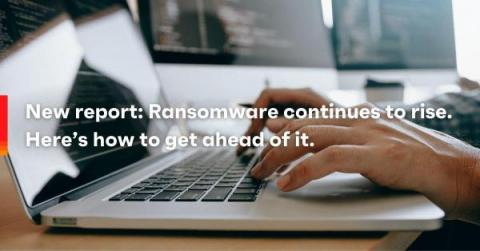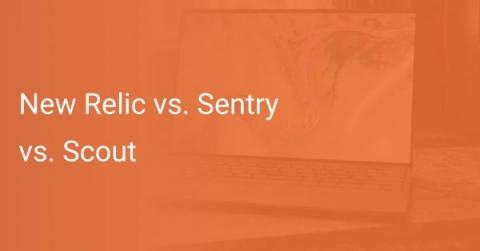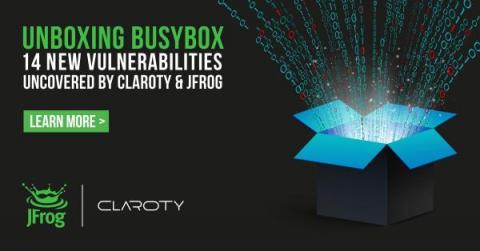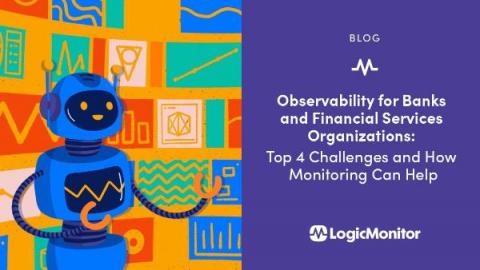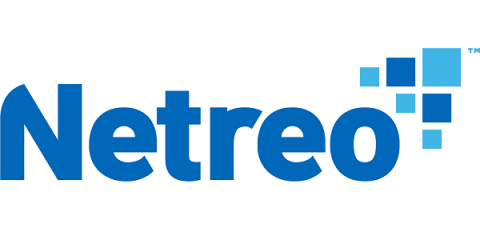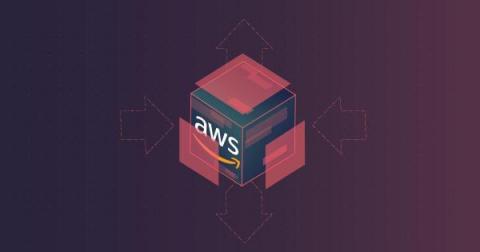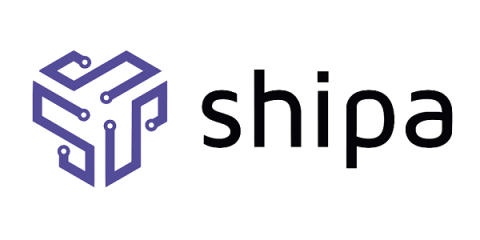New report: Ransomware continues to rise. Here's how to get ahead of it.
Ransomware experienced a stunning surge in prevalence and sophistication throughout the pandemic. Threat actors capitalized on a frequently shaky transition to a remote, digital business landscape. With so many businesses prioritizing basic functionality over proactive security, vulnerabilities have been unprecedented – and very much exploited.


